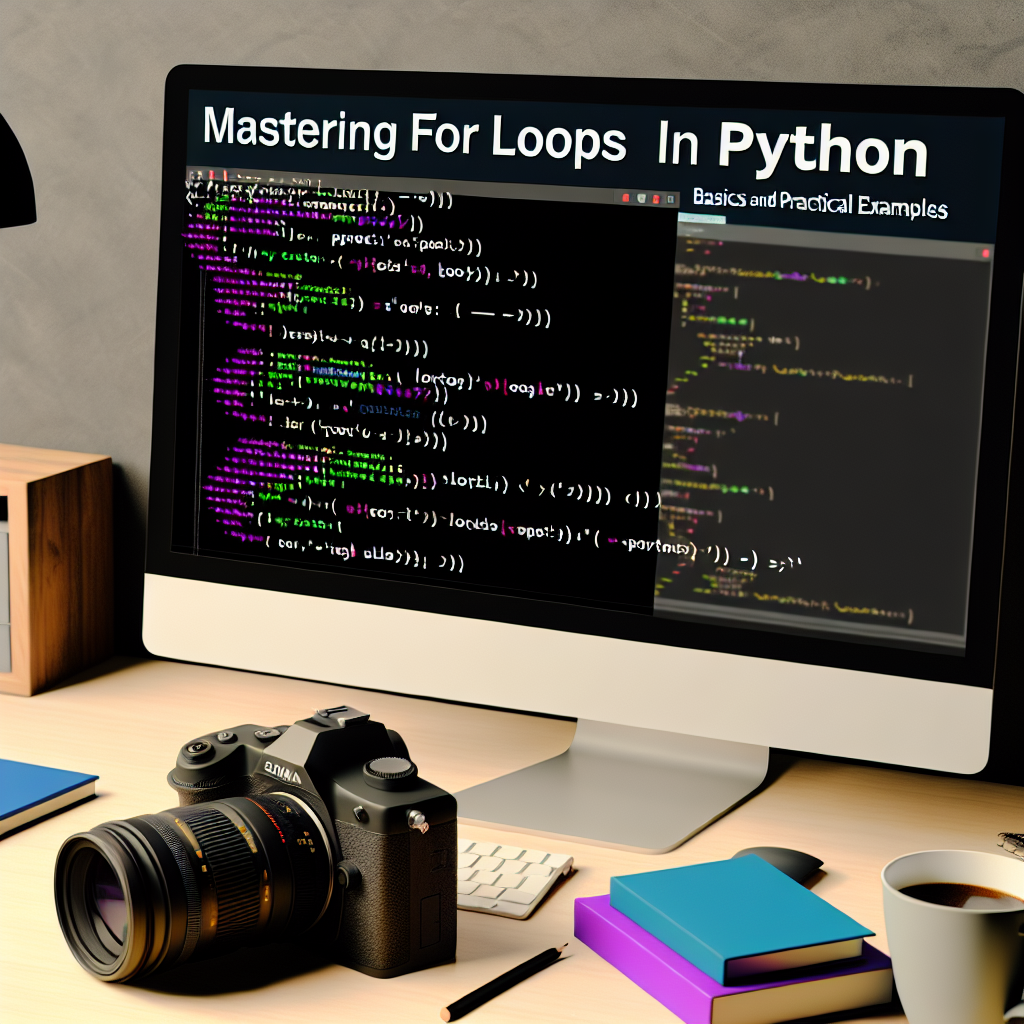For loops in Python are a fundamental and beginner-friendly way to iterate over sequences such as lists, tuples, and ranges. They simplify repetitive tasks and make your code more efficient. In this article, we will explore how **for loops** work in Python, their syntax, and practical examples that demonstrate their ease of use.
Understanding the Basics of Python For Loops
Python’s **for loop** is designed to iterate over elements of a sequence, such as lists, strings, or ranges. The syntax is simple and intuitive:
- for variable in sequence:
- block of code
For example, to print all items in a list:
fruits = ["apple", "banana", "cherry"]
for fruit in fruits:
print(fruit)
This loop automatically assigns each list element to the variable fruit and executes the print statement for each item. Python’s **for loops** are powerful because they allow easy traversal through various data structures without tedious indexing.
Practical Applications and Enhancements
Beyond basic iteration, **for loops** in Python can be combined with functions like range() to create more complex loops. For example, generating a sequence of numbers is straightforward:
for i in range(1, 11):
print(i)
This prints numbers 1 to 10, demonstrating how **for loops** automate repetitive tasks efficiently. Moreover, you can embed logic within loops to filter or process data conditionally:
numbers = [2, 5, 8, 11, 14]
for num in numbers:
if num % 2 == 0:
print(f"{num} is even")
In addition, Python’s **for loops** can nest, allowing for complex data manipulations like matrix processing, nested list comprehensions, and more. The simplicity combined with flexibility makes **for loops** an essential tool in any Python programmer’s toolkit.
Conclusion
In summary, **for loops in Python** are straightforward, powerful, and versatile, enabling efficient iteration over sequences. They reduce the complexity of repetitive tasks while supporting advanced functionalities like nested loops and conditional processing. Mastering **for loops** unlocks the potential for more elegant and effective Python programming, making your code cleaner and easier to understand.
